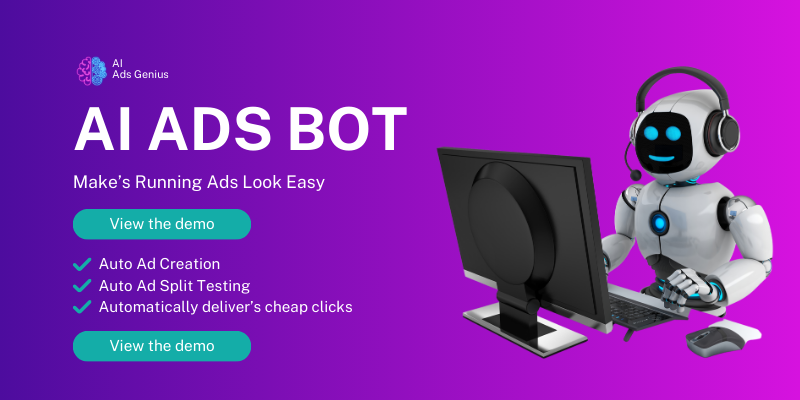Understanding the Importance of Introductory Text
Setting the Tone
In my experience, the introductory text in a LinkedIn ad serves as the first impression you give to your audience—it sets the tone for everything that follows. If you’re not familiar with crafting compelling copy, you might overlook just how important it is to say the right thing upfront. Think of it as the handshake before the business deal; it can make or break the entire relationship.
Your language choice is critical in this part of the ad. It should reflect the brand’s voice while resonating with your target audience. For instance, a tech company might opt for a more casual parlay, while a financial firm may choose a more formal approach. The first sentence can either grab attention or let it slip away, so choose wisely!
Moreover, it’s where you can establish common ground with your audience. At this early stage, you want potential viewers to feel, “Wow, they understand my needs.” Tapping into a shared pain point or an aspiration can pave the way for meaningful engagement later on.
Crafting Engaging and Relevant Copy
Know Your Audience
One of the biggest lessons I’ve learned is to truly know your audience. It’s easy to write something you think is great, but if it doesn’t resonate with the people reading it, you’re wasting your time. Spend time researching who you’re trying to reach. What challenges are they facing? What do they aspire to achieve? These insights should guide your copy.
When crafting your ad, use language and references that will speak directly to their current situation. For example, if your audience is predominantly made up of job seekers, find common ground in their experiences. Language like “Are you tired of endless applications?” hits closer to home than a generic message.
Being relatable isn’t just about language, but also about being timely. If there’s a current trend that your target audience is buzzing about, weaving that into your introductory text can catch their attention and make your ad feel relevant instantly.
Using Hook Statements Effectively
The Power of a Hook
Hook statements are like the juicy tidbit that makes someone pause and think, “I need to know more.” Crafting an effective hook often separates mediocre ads from those that truly captivate. Whether it’s a startling statistic, a thought-provoking question, or an inspiring quote, hooks can create that initial spark of interest.
For example, saying something like, “70% of professionals are looking to switch jobs in 2023” immediately positions your ad as a relevant source of information. Your audience is likely to want to learn more about how you can help them navigate this challenge.
Remember, the goal of your hook isn’t to give everything away; it’s to tantalize your reader, so they want to stick around for more. This can lead to higher engagement and ultimately more conversions.
Maintaining Clarity and Brevity
Keep It Simple
While it might be tempting to showcase your writing finesse, clarity should always be your guiding principle. I’ve learned over the years that sometimes less is more. When crafting the introductory text for your LinkedIn ad, aim for clarity first. Avoid jargon and convoluted sentences; you want your audience to understand your message on the first read!
Use short sentences and simple language. This not only makes it easier for your audience to digest your message but also keeps their attention. If they have to work to understand your ad, you could lose them in milliseconds!
Additionally, remember to keep your copy focused on the key message. Every word should serve a purpose. If it doesn’t contribute to your primary goal of engaging the audience, it’s better left out. Trust me, this takes practice, but it pays off in spades.
Testing and Iterating Your Introductory Text
The Importance of A/B Testing
Once you’ve crafted your introductory text, don’t just set it and forget it! A/B testing is a method I often use to understand what works best for my audience. By creating variations of your ad, you can uncover which hooks, styles, and tones resonate more.
Start by testing different introductory texts against each other. This could mean changing a hook or even the entire tone. After a set period, analyze the results to see which piece performed better. Look for metrics like click-through rate and engagement. This data is invaluable for honing your strategies.
Additionally, embrace feedback. Whether through conversations or surveys, insights from your audience can spark new ideas for your introductory copy. Listening to your readers will allow you to evolve your ad continuously, keeping it fresh and engaging.
Frequently Asked Questions
What is the main purpose of the introductory text in a LinkedIn ad?
The main purpose is to grab the reader’s attention quickly and set the tone for engagement. It’s your chance to make a strong first impression.
How can I make my introductory text stand out?
Using compelling hooks, speaking directly to your audience’s needs, and maintaining clarity can help your text stand out from the rest.
What are some common mistakes to avoid?
Common mistakes include using jargon, being too verbose, and failing to tailor your message to your audience. Keep it simple and focused!
Should I change my introductory text often?
Yes! Regularly testing and updating your copy keeps it fresh and can help maintain audience engagement over time.
How important is A/B testing for my ads?
A/B testing is crucial. It helps you understand what resonates best with your audience, allowing for data-driven decisions to optimize performance.

